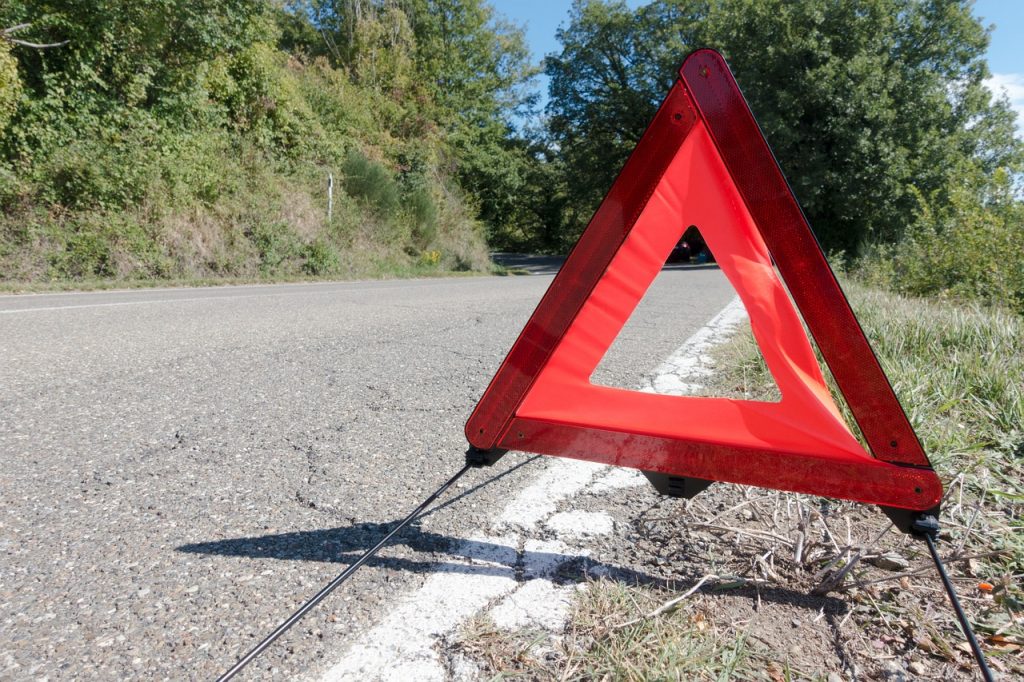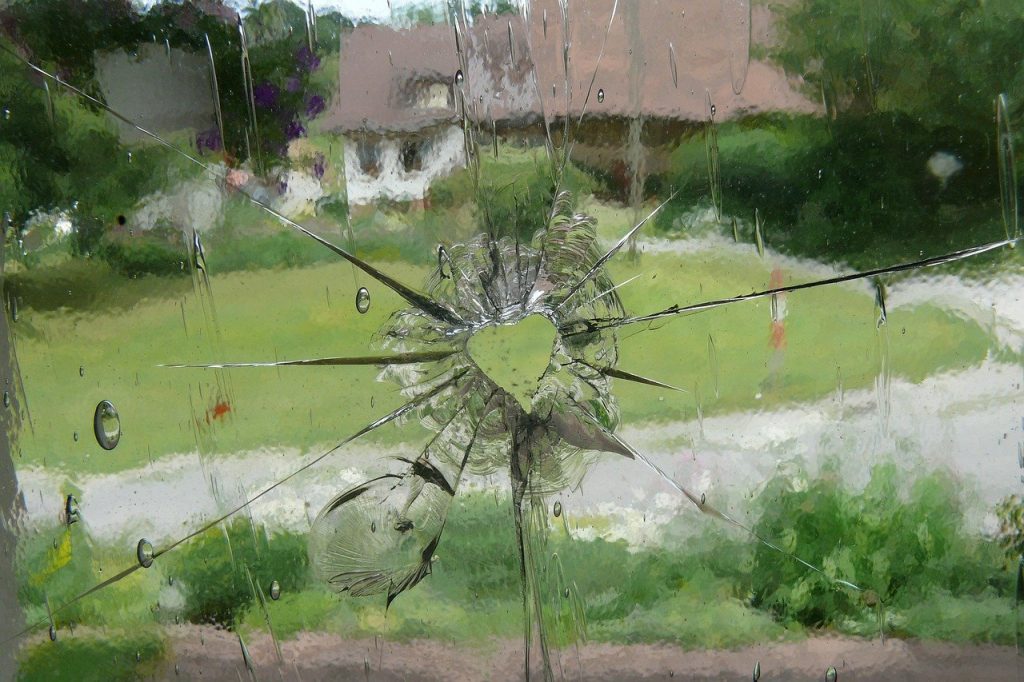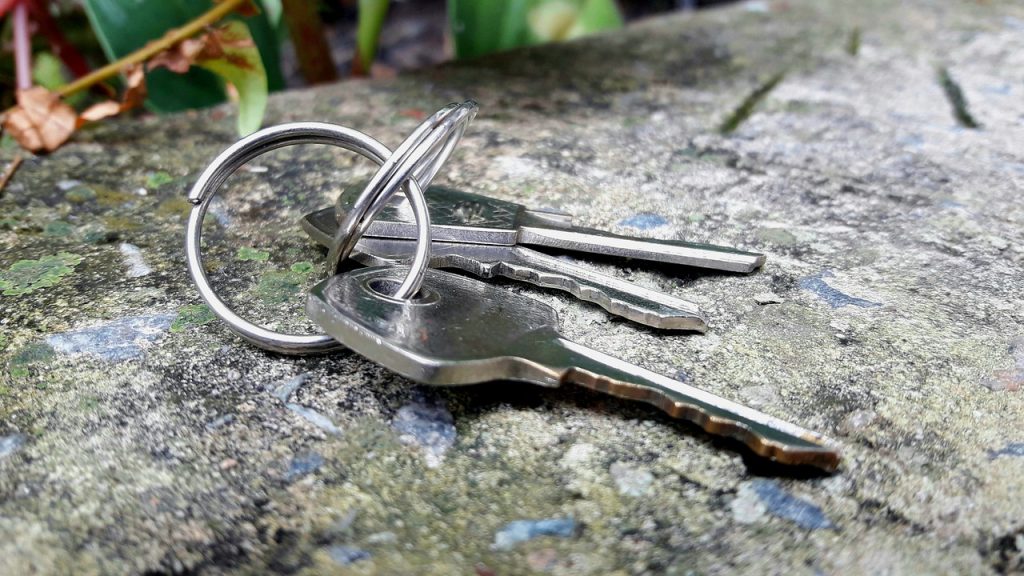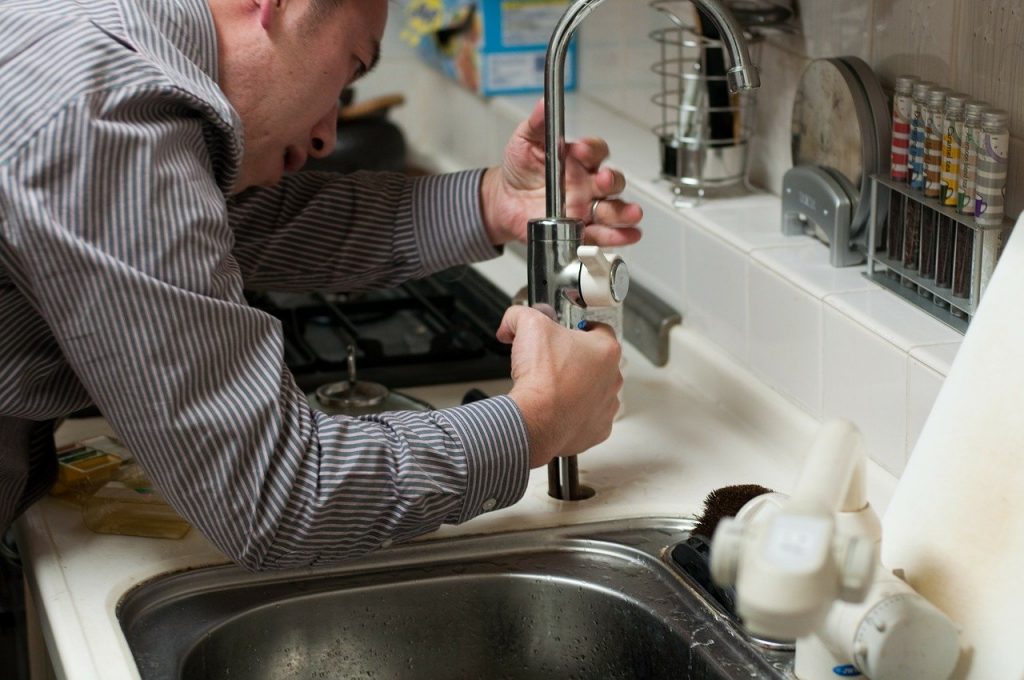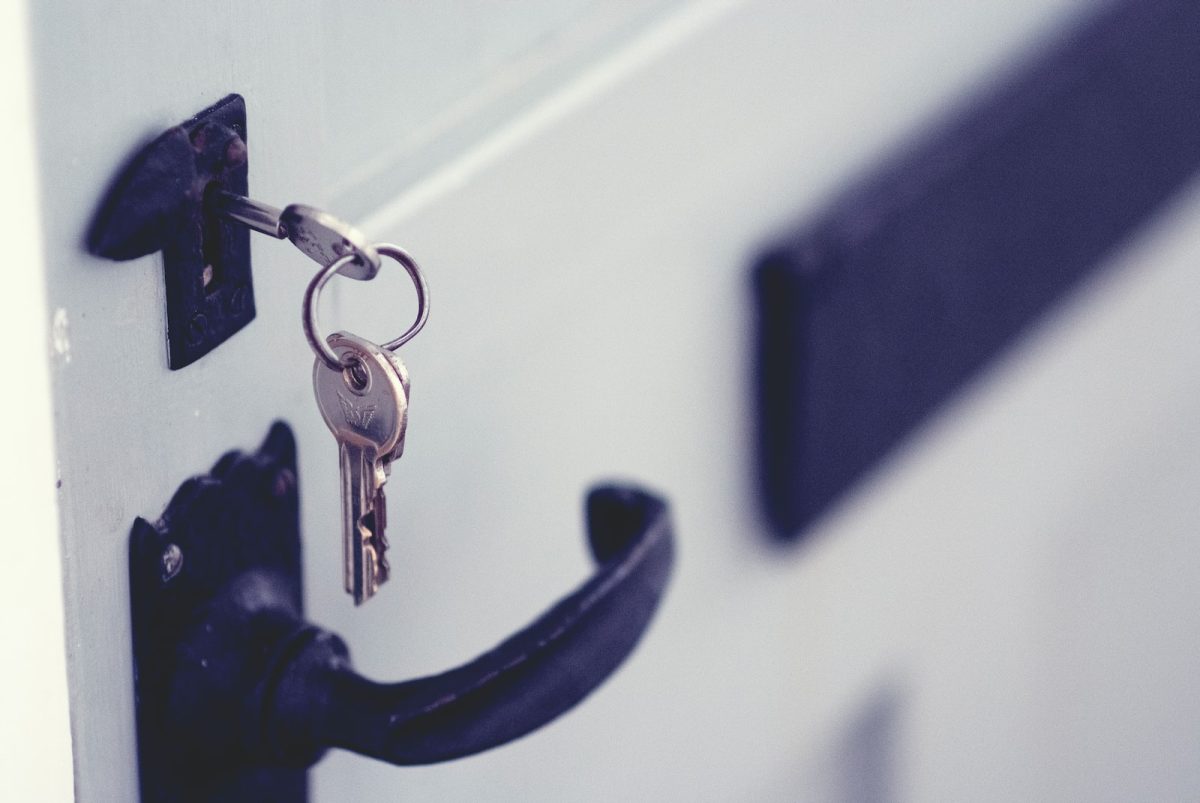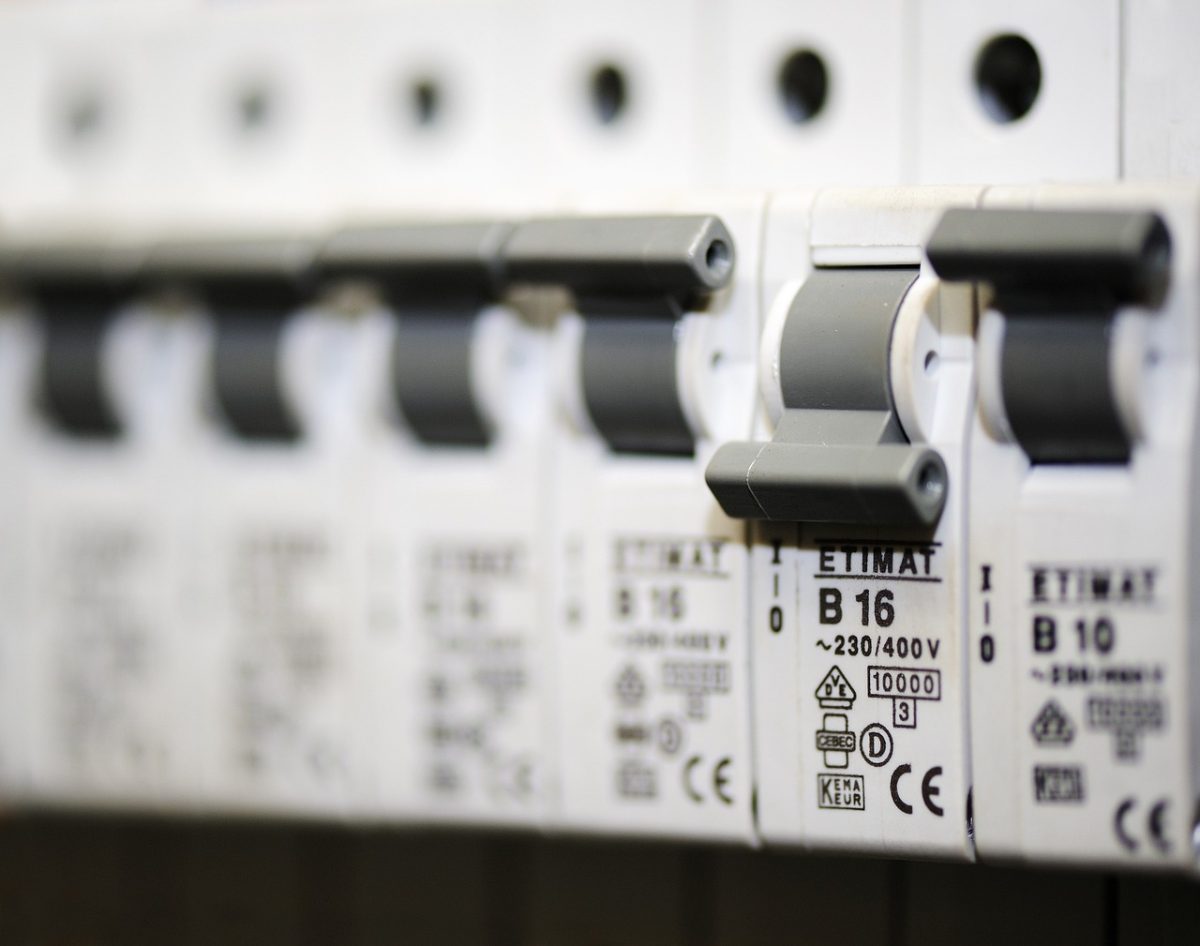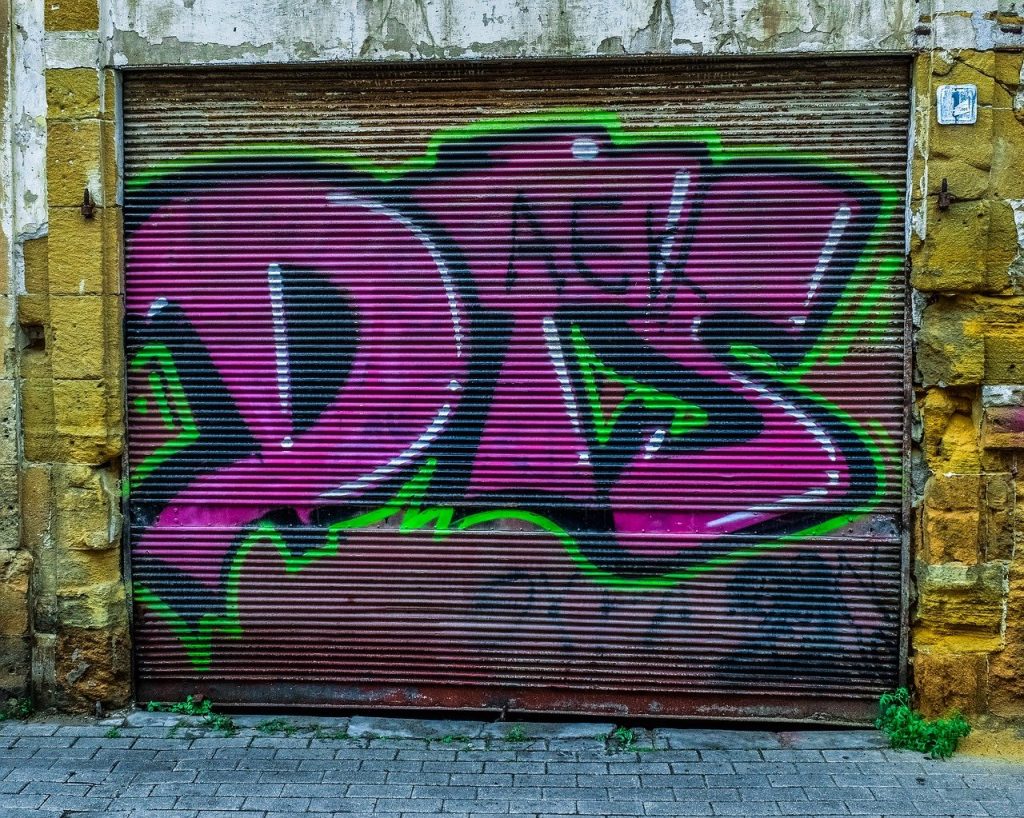A car breakdown is a stressful experience for everyone. But buying car breakdown protection is easy and should give you confidence to hit the road, whatever the weather. Even if your car isn’t in the best shape. But if the worst happens, what’s the best thing to do? It depends on where you are.
On a highway
- Pull over as soon as you can and turn on your hazard lights.
- Do not try to place a warning triangle on the emergency lane (often found in the trunk of some cars). You are too close to high-speed traffic. A gust of wind could send the sign into the path of fast-moving vehicles and cause an incident.
- Empty your car of all passengers and have them stand behind the guardrail. Try to get them to start from the shoulder side of the car.
- If your vehicle contains high visibility vests, ask your passengers to wear them – and wear one yourself.
- If you have pets, leave them in the car with a window slightly open.
- Call your repairer for assistance.
- Don’t try to fix the problem yourself unless it’s easy and safe – which is unlikely for most breakdowns.
- If you’re on a “smart” motorway, the risk of an accident is higher – so try to get to the nearest Emergency Refuge Area (ERA).
On an average road
- Park safely and turn on your hazard lights. If you can find a place to park away from the main road, do so.
- Make yourself look good.
- Ask passengers to exit the car through the door closest to the curb and find a safe place to wait.
- If you can do so safely, place a warning triangle about fifty meters behind your vehicle, to warn other road users of your presence. Some cars contain a warning triangle in the trunk.
- If your car interferes with other vehicles, call the police immediately.
- Depending on the problem, you may be able to resolve it yourself, once you, your passengers, and your vehicle are safe. If not, take the problem to a professional repairer.
What you should tell the repairman
- Firstly, your membership or policy details – name and number. Keep them handy. You can store them on your phone. Or on a note stuck in your glove box. Or in a compartment under the seat, if you have one.
- Try to figure out where you are. If you’re not sure, try to find the nearest train or gas station. Are there any other obvious landmarks? Can your smartphone help you locate yourself?
- When talking to the troubleshooter, can you mention any other details? Are there children with you? A disabled passenger? A pregnant woman ? This information may reduce your wait time in certain circumstances.
- Most documents are available online. If you don’t have them physically in your car, use a smartphone to find your information.
- If your mobile devices are running out of juice, don’t panic. There are SOS phones every kilometer along the highways.
- Do you know the origin of the failure? Any prior information for the breakdown service is always helpful.
What will your troubleshooter do next?
Most tow services aim to arrive at your home in 45 minutes, more or less. If your vehicle cannot be repaired on the side of the road, it will be towed to a garage.
This is where the details of your policy come into their own. First of all, if you have roadside assistance, you will be towed to the nearest garage.
However, if you have purchased a vehicle recovery guarantee, you will be towed to your chosen location within the UK, within reason.
- Depending on the circumstances, you may need to spend the night in emergency accommodation. You can also take advantage of a rental car to return home while your vehicle is being repaired.
- You can have a policy that covers you for any car you travel in, whether you are the driver or passenger. Or, your vehicle can be covered so any passengers can call for help.
This is where the details of your insurance policy have an impact. Choose carefully.
What should I do if I don’t have emergency cover?
You have three options.
- Sign up for a breakdown service provider straight away, but you’ll probably have to pay extra – up to £90 in some cases.
- Call a local garage and request a tow. Check their response fees and how much they charge per mile plus towing or winching fees. Is VAT included or not?
If you have broken down where roadworks are taking place, the Highways Agency may be able to tow you off the motorway. This is a free service in certain circumstances, but it does not (and should not) replace breakdown cover.

